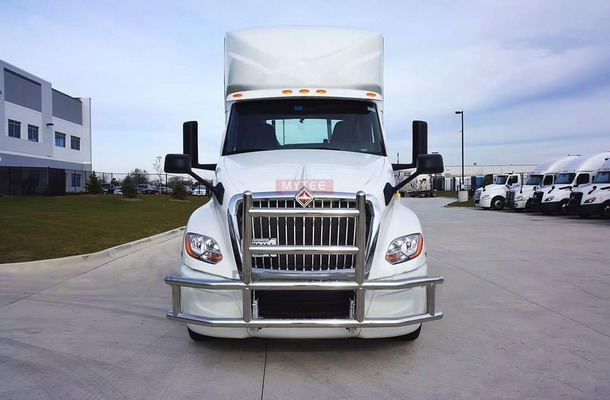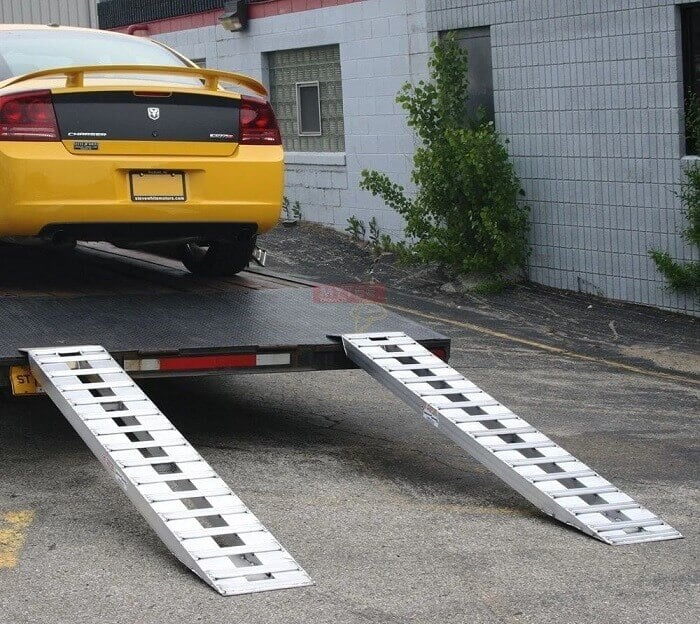The laws of probability dictate that professional truck drivers have a greater chance of being involved in collisions than your typical driver. More miles increase your chances of being in an accident. It is just that simple. As such, a grille guard is a nice piece of kit you can install on the front of your truck to protect it in the event of a low-speed collision with an animal, another car, etc.
Suffice it to say that grille guards are not merely cosmetic accents. They serve a functional purpose as well. The goal of this post is to introduce you to that functional purpose by way of physics. In short, let’s discuss how a grille guard actually helps protect the front of your truck.
Uni-Body Versus Frame-on-Body
There are two ways to construct the frame of a vehicle. Uni-body construction combines both car body and frame in a single package that is often compared to the exoskeleton of a lobster. Frame-on-body construction creates two separate components: a strong steel frame and a body that goes on top.

Your truck was manufactured according to the frame-non-body concept. Its heavy-duty frame is much tougher than the softer body panels that make up the exterior of your rig. The idea behind the grille guard is to protect those softer body panels by taking advantage of the strength of the frame. It works based on the physics of energy transfer.
Transferring Energy to the Frame
In the absence of a grille guard, the energy involved in a collision with a deer would be transferred directly to the softer body panels. Those body panels would crumple as the energy of the impact is transferred from the animal to them. Putting a grille guard between the animal and the body panels changes the game.
Grille guards are attached directly to truck frames in order to facilitate the proper transfer of energy. In the event of a collision, the energy of that collision travels through the grille guard and down into the frame by way of the connection points. The frame is better able to withstand the impact as energy dissipates throughout its entire surface.
Successful energy transfer is key here. Why? Because one of the fundamental rules of physics dictates that energy can neither be created nor destroyed. It can only be transferred. You see, it is the transfer of energy that causes the damage sustained during a collision. Transferring energy away from softer panels and to stronger frame components dissipates the energy and reduces impact damage.
Proper Fit is Crucial
The grille guards we sell are specific to different truck makes and models. There is a reason for this. It’s not just because truck bodies come in different shapes and sizes. It is because frames are different. If you want maximum energy transfer during a collision, your grille guard has to be fitted properly to the frame. It has to be designed with the truck’s frame in mind. This is why a one-size-fits-all grille guard is not a good idea.
It is also crucial to follow the manufacturer’s instructions when installing a grille guard. While it might be easier to cut corners, you may not get maximum energy transfer if you do things your own way. On the other hand, installing a grille guard according to its instructions results in the best protection.
Do you have a grille guard on your truck? If not, you are one accident away from an expensive repair bill. We hope you’ll take to heart what you’ve learned here about physics and invest in one.











